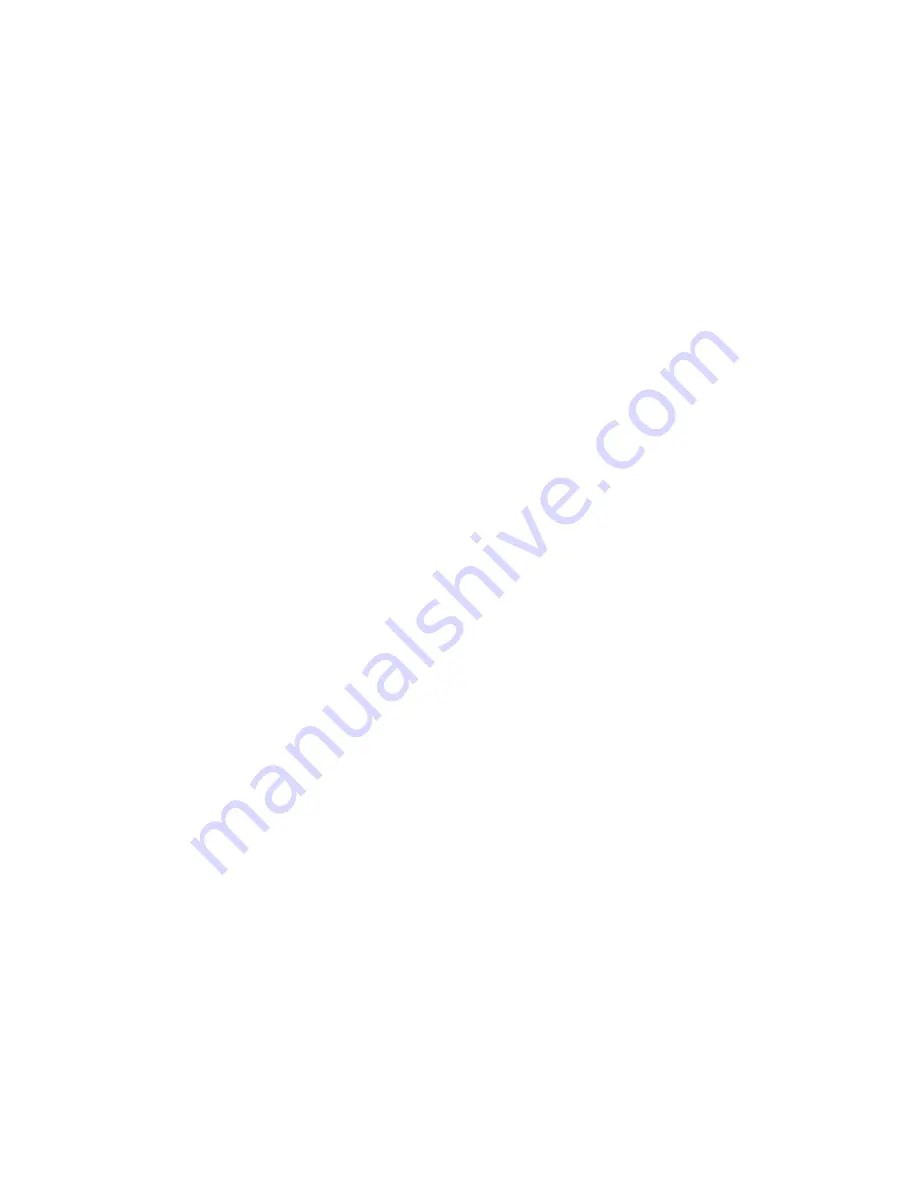
192
Expression Show Control System
Type
[Type] displays the fade type options described below. The menu that appears in
Stage omits the effect and subroutine options. In subroutines, another fade type
(Plusfade) is also available.
To select a cue fade type in Stage, Blind or Fader modes, press [Type] and enter
an option number. If you change a cue’s fade type, you must rerecord the cue. If
you do not enter a fade type, the cue will automatically default to a crossfade.
Crossfade
A crossfade upfades increasing levels as it downfades decreasing levels. Cross-
fade starts the upfade time when you press [Go]. You can program a wait time
between the start of the upfade and downfade.
Allfade/allpart
Allfade forces all unused channels to zero intensity and clears the other faders.
When you press [Go] for an allfade cue, all channels except those set at a level
above 00 percent in the selected cue are downfaded to zero. Allfade is useful for
forcing an end cue when tracking channels. For more information on using
allfade for tracking, see page 78.
Subroutine
A subroutine is a cue that controls the playback of a series of recorded cues.
Subroutines are similar to linked cues, except that you have more playback
options. See
Chapter 5, Advanced techniques for more information.
Effects
Effects are cues that include a series of steps. Each step includes a set of
channels. For more information on effects, see
Chapter 5, Advanced techniques.
Plusfade
Plusfade is available only for subroutines. Only channels included in the subrou-
tine are affected; all other channels remain at previous levels.
Example
[Cue] [1] [Type] [2] [Rec] [Enter] records cue 2 with an allfade.






























